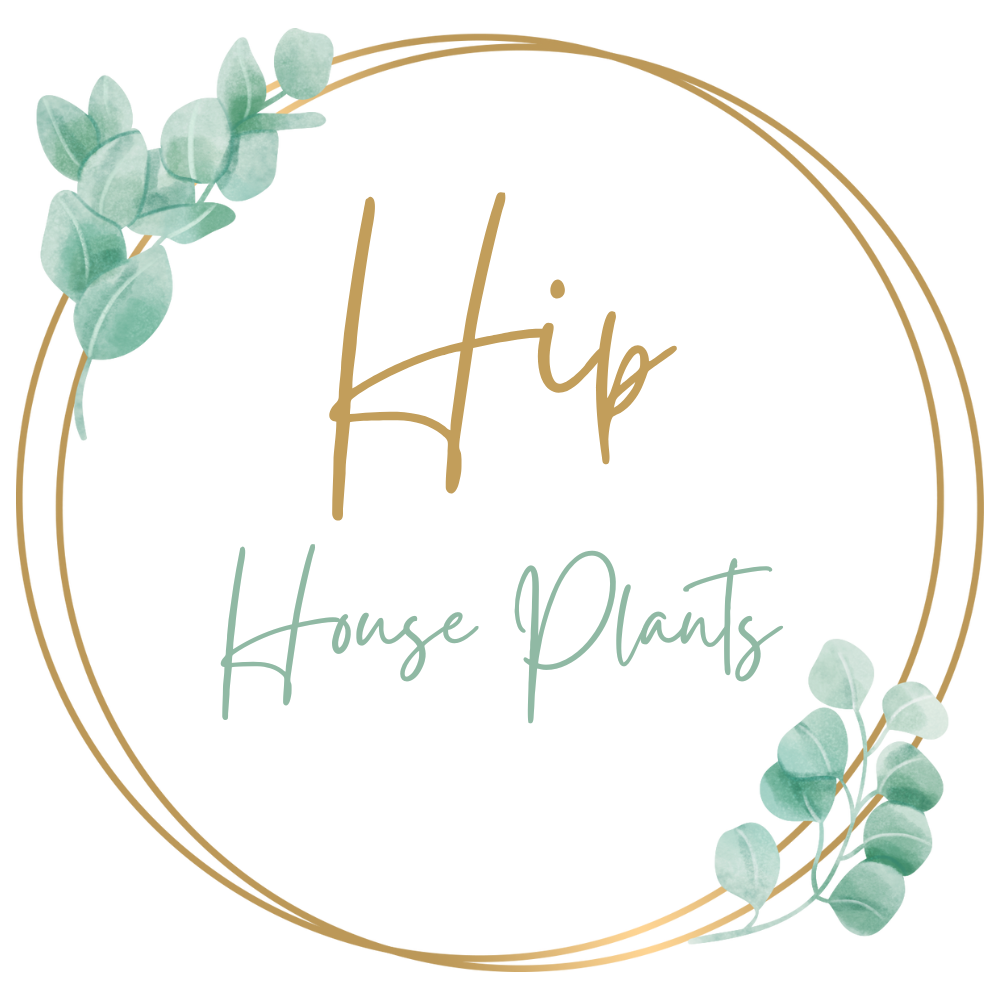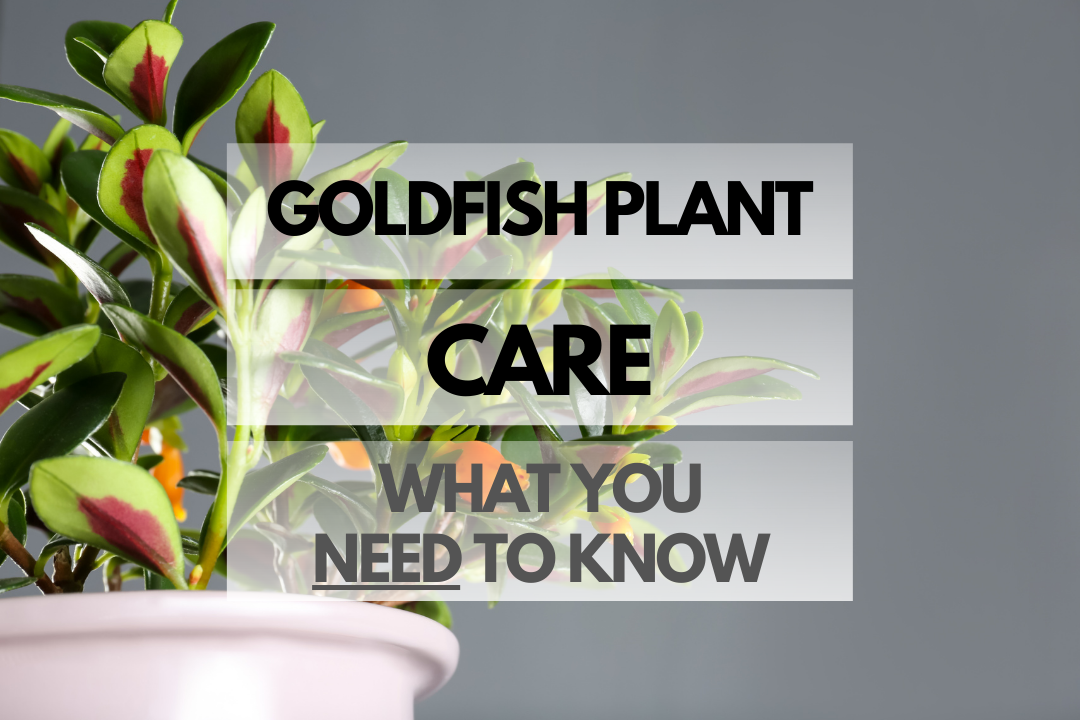Goldfish Plants, known for their vibrant, fish-shaped flowers, are a popular choice for houseplant enthusiasts. In this care guide, we’ll cover everything you need to know about keeping your Goldfish Plant happy and healthy. From sunlight requirements to pruning techniques, we’ve got you covered!
Goldfish Plant Care Guide
Quick Reference Table: Caring for Goldfish Plant
| Aspect | Guideline |
|---|---|
| Sunlight | Bright indirect light, 4-6 hours per day |
| Soil | Well-draining potting mix with peat moss or coco coir |
| Watering | Keep soil consistently moist but not soggy; water when top inch of soil is dry |
| Pruning | Trim back leggy growth and remove dead leaves/flowers as needed |
| Temperature | 65-75°F (18-24°C) during the day; no lower than 60°F (15°C) at night |
| Common Problems | Root rot, mealybugs, spider mites, aphids |
| Indoors/Outdoors | Can be grown both indoors and outdoors, with proper care |
| Best Pots | Use pots with drainage holes, ideally made of terracotta or ceramic |
Goldfish Plant Sunlight: Do They Need It and How Much?
Goldfish Plants thrive in bright, indirect sunlight. They need about 4-6 hours of light per day to grow well and produce their signature blooms. Direct sunlight can scorch their leaves, so be sure to place your plant in a spot with filtered or diffused light, such as near a window with sheer curtains.
Goldfish Plant Soil Tips
A well-draining potting mix is essential for Goldfish Plant health. Choose a mix that contains peat moss or coco coir to help retain moisture, and consider adding perlite or pumice for improved drainage. A mix designed for African violets can also work well for Goldfish Plants, as they have similar soil requirements.
Goldfish Plant Watering and Frequency
Goldfish Plants prefer to have consistently moist soil, but it’s important not to let them sit in standing water, as this can lead to root rot. Water your plant when the top inch of soil feels dry to the touch. Be sure to use a pot with drainage holes to prevent waterlogging, and empty the saucer under the pot after watering to avoid excess moisture.
Pruning Goldfish Plant Properly
Pruning your Goldfish Plant helps maintain its shape and encourages bushier growth. Trim back any leggy growth and remove dead leaves or flowers as needed. Regular pruning can also stimulate more blooms, so don’t be afraid to give your plant a little haircut!
Optimal Goldfish Plant Temperature: Can They Tolerate the Cold?
Goldfish Plants are native to tropical and subtropical regions, so they prefer warm temperatures. They do best in daytime temperatures of 65-75°F (18-24°C) and should not be exposed to temperatures below 60°F (15°C) at night. If you’re growing your plant outdoors, bring it inside during cooler months to protect it from cold temperatures and frost.
Common Goldfish Plant Problems
Root Rot
Overwatering or waterlogged soil can cause root rot in Goldfish Plants. To avoid this issue, ensure your plant has well-draining soil and a pot with drainage holes. Water only when the top inch of soil is dry, and always empty the saucer under the pot after watering.
Mealybugs
Mealybugs are small, white, cottony insects that can infest Goldfish Plants. They feed on plant sap and can weaken your plant if not treated. Removemealybugs by dabbing them with a cotton swab dipped in rubbing alcohol, and treat infestations with insecticidal soap or neem oil.
Spider Mites
Spider mites are tiny pests that can cause damage to Goldfish Plants by feeding on their leaves. Signs of an infestation include yellowing leaves, fine webbing, and tiny red or black insects. Treat spider mites with insecticidal soap or horticultural oil, and maintain humidity around your plant to discourage their return.
Aphids
Aphids are small, pear-shaped insects that can attack Goldfish Plants, causing curled or yellowing leaves. They can be removed by spraying your plant with a strong jet of water, or you can use insecticidal soap or neem oil to treat infestations.
Goldfish Plant Outdoors vs Indoors
Goldfish Plants can be grown both indoors and outdoors, as long as their care requirements are met. Here’s a quick pros and cons list for growing your plant in each environment:
| Environment | Pros | Cons |
|---|---|---|
| Indoors |
|
|
| Outdoors |
|
|
Best Pots for Goldfish Plant
When choosing a pot for your Goldfish Plant, it’s important to select one with drainage holes to prevent waterlogging and root rot. Terracotta and ceramic pots are ideal choices, as they allow excess moisture to evaporate and help regulate soil temperature. Be sure to choose a pot that’s large enough to accommodate your plant’s root system, but not so large that the soil takes too long to dry between waterings.
Goldfish Plant Facts
Goldfish Plant Benefits
- Attractive blooms: Goldfish Plants are known for their vibrant, fish-shaped flowers that add a unique touch of color to any indoor or outdoor space.
- Air purifying: Like many other houseplants, Goldfish Plants can help improve indoor air quality by absorbing pollutants and releasing oxygen.
- Low maintenance: Goldfish Plants are relatively easy to care for, making them a great choice for both beginner and experienced plant enthusiasts.
Growth Rates: How Fast Do They Grow?
Goldfish Plants have a moderate growth rate, typically reaching their full size within 1-2 years. With proper care, they can grow up to 3 feet tall and wide, producing an abundance of colorful blooms throughout the growing season.
Goldfish Plant Lifespan
With proper care, Goldfish Plants can live for several years. Ensuring that they receive adequate light, water, and nutrients will help prolong their lifespan and keep them looking their best.
Are Goldfish Plants Safe?
Goldfish Plants are safe for humans and pets, as they are not known to be toxic. However, it’s always a good idea to keep plants out of reach of curious pets and children, as chewing on plant leaves can cause minor digestive discomfort.
Goldfish Plant Flowers
The flowers of the Goldfish Plant are its most distinctive feature. These unique blooms resemble tiny goldfish, with a tubular shape and bright orange color. The flowers typically appear in spring and summer, adding a splash of color to your home or garden.
Goldfish Plant Types and Varieties
Nematanthus gregarius (Common Goldfish Plant)
The most common variety of Goldfish Plant, Nematanthus gregarius features glossy green leaves and bright orange, goldfish-shaped flowers. This variety is well-suited for hanging baskets, as its trailing stems cascade beautifully over the edges of the container.
Nematanthus wettsteinii (Lipstick Goldfish Plant)
Nematanthus wettsteinii, also known as Lipstick Goldfish Plant, is a variety with eye-catching red flowers that contrast beautifully against its dark green leaves. This variety is slightly more compact than the common Goldfish Plant, making it an excellent choice for smaller spaces or tabletop displays.
Nematanthus nervosus (Nervous Goldfish Plant)
Nematanthus nervosus, or Nervous Goldfish Plant, is a unique variety with elongated, narrow leaves and delicate red-orange flowers. This variety has a more upright growth habit than other Goldfish Plants, making it well-suited for use as a focal point in a mixed planting or as a standalone specimen.
Goldfish Plant Pros and Cons
| Pros | Cons |
|---|---|
|
|
Goldfish Plant Cost
The cost of a Goldfish Plant can vary depending on the size and variety. Smaller plants in 4-inch pots typically cost between $10 and $15, while larger specimens in 6-inch pots can range from $20 to $30. Prices may be higher for rarer varieties or plants purchased from specialty nurseries.
Where to Buy Goldfish Plant
Goldfish Plants can be purchased at local nurseries, garden centers, and online retailers. Specialty houseplant retailers may also carry a wider variety of Goldfish Plant types and sizes.
Is Goldfish Plant Propagation in Water Possible?
Yes, Goldfish Plant propagation in water is possible. To propagate your plant, take a 4-6 inch stem cutting with at least 2-3 leaves and remove the lower leaves. Place the cut end of the stem in a jar or vase of water, making sure thatthe remaining leaves are not submerged. Change the water every few days to keep it fresh, and within a few weeks, you should see new roots forming. Once the roots are well-developed, you can transfer the cutting to a pot with well-draining soil.
Additional Resources
- Missouri Botanical Garden: Nematanthus gregarius
- National Gardening Association: Goldfish Plants
- Facebook Group: Houseplant Hobbyist
- Book: “The Complete Houseplant Survival Manual” by Barbara Pleasant
FAQ for Goldfish Plant Care
Are Goldfish Plants toxic to cats?
No, Goldfish Plants are not toxic to cats. However, it’s still a good idea to keep them out of reach, as chewing on the leaves can cause minor digestive discomfort.
Are Goldfish Plants toxic to dogs?
No, Goldfish Plants are not toxic to dogs. As with cats, it’s best to keep the plants out of reach to prevent any potential digestive issues.
Are Goldfish Plants toxic to kids?
Goldfish Plants are not toxic to kids, but it’s always a good idea to teach children not to chew on or ingest any plants, as doing so can cause discomfort and potential allergic reactions.
How tall do Goldfish Plants get?
Goldfish Plants can grow up to 3 feet tall and wide with proper care. Their trailing stems make them an excellent choice for hanging baskets or as a cascading display in a mixed planting.
Can Goldfish Plants live outside?
Goldfish Plants can be grown outside in warm climates where temperatures do not fall below 60°F (15°C). They prefer bright, indirect light and well-draining soil. If you live in a cooler climate, consider bringing your Goldfish Plant indoors during the colder months to protect it from frost.
Are Goldfish Plants poisonous?
No, Goldfish Plants are not poisonous. They are safe for both humans and pets, although it is always a good idea to keep plants out of reach to prevent potential digestive discomfort from chewing on the leaves.
What is the best way to propagate Goldfish Plants?
Goldfish Plants can be easily propagated through stem cuttings, either in water or directly in soil. To ensure the best chances of success, take a 4-6 inch cutting with at least 2-3 leaves and remove the lower leaves before placing the cut end in water or moist, well-draining soil.
Conclusion
Goldfish Plants are an attractive and low-maintenance addition to any indoor or outdoor garden. With their unique, goldfish-shaped blooms and cascading growth habit, these plants are sure to add a touch of whimsy and color to your space. By providing the proper care, including bright, indirect light, well-draining soil, and regular watering, you can enjoy the beauty of your Goldfish Plant for years to come.

